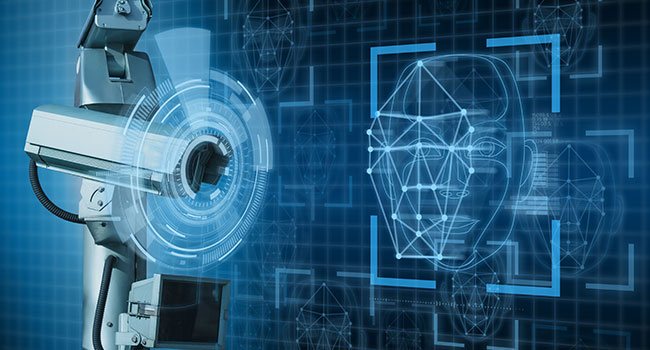
Creating a Stance
The perfect scenario is preventing incidents before they happen
- By Adam Lowenstein
- Dec 01, 2022
Video security systems have been effective deterrents to crime because of its ability to capture and present evidence of events that have happened. Such systems can be invaluable in protecting people and assets. The forensic work involved has and continues to be the major use case for video security infrastructure
This typical post-event response is a reaction to an incident that we would rather have avoided in the first place. The act of combing through video footage and looking for actionable evidence can take a great deal of time and resources. If the identities of perpetrators are not clear, law enforcement cannot get convictions, and we are back to square one. Advances in AI-based "analytics, moving from simple pixel motion to object recognition for humans and vehicles captured on video, have drastically improved our efficiency and ability to find persons or vehicles of interest.
Using AI to detect attributes such as color, make, model, or objects carried or worn, further reduces search time. All of this is still reactive to an event that has happened.
While advances in forensic search have been significant, bad actors have continued to hone their skills to evade detection. They have learned to cover their faces or wear baseball hats low to conceal their identities. Organized retail crime rings are especially adept at masking their identities. They make a point of casing an establishment in advance, carefully noting security camera locations and height. Considering this, how can organizations better protect themselves?
Adopting a Proactive Stance
In a perfect scenario, we would like to prevent major incidents before they happen. After all, stopping a crime before it happens takes significantly less time and resources than piecing together events after the fact.
Cameras themselves are a good deterrent, but what criminals do not realize is that AI-based cameras do more than capturin images. They can also look for patterns. When analyzing events, there are frequently telltale signs that something bad was about to happen, or was happening in real time. People might have been loitering near entrances or close to a stockroom door.
There are plenty of instances when people or vehicles were clearly in places where they should not have been. By using AI-assisted analytics, it is possible to look for patterns, such as loitering, and to detect when humans and vehicles are in places they should not be.
Once detected, the next step is to push an alert to the security staff that clearly shows where suspicious behavior is occurring so they can potentially intervene. This proactive stance is possible by having more information available to operators as events unfold in real time. It requires the right technology, but it also requires buy-in from leadership and employees.
The Right Technology
Having capable AI-based cameras that can not only detect objects, but also capture useful attributes (color, gender, age, glasses and a hat) about those objects, is key to capturing actionable intelligence. If the community is experiencing smash and grab crime from a red van on Friday nights, then it would be very useful to know when a red van is pulling up during those hours. Maybe it is nothing, but the extra eyes an AI-based camera can provide could make all the difference for security teams that are stretched thin.
Of course, the benefits of AI cameras are of no use without a VMS that can interpret and make full use of the vast amounts of metadata supplied from these cameras. As an example, i-PRO’s Active Guard plug-in provides an advanced user interface that integrates this data directly within Genetec, Milestone and i-PRO’s own Video Insight VMS. i-PRO AI cameras are capable of processing 47 different attributes about the objects they detect, but without a capable VMS to set up rules and alarms based on these advanced parameters, the solution is incomplete.
The more parameters that are available, the more comprehensive the rules can be to notify security teams of unusual activity. The best systems can display the location on a map in red when an event is flagged, making the response time nearly instantaneous. For example, outside of delivery hours, there should not be any vehicles pulling up to the loading dock.
If there are, it might be worthy of an alert. Maybe the server room should not have anyone in it after 9 p.m. Security teams can now know if there is a person in there versus a change in the lighting. That is the beauty of AI-based cameras and a good VMS — maybe a pigeon walks on the loading dock, you would not be notified, or if a shadow from a cloud goes by the server room window. False alarms are a thing of the past.
Getting Buy-In From the Team
Shifting to a proactive stance takes agreement and organization from leadership to all employees. As you shift to a more proactive security stance, it is important to train and empower your staff in the approved steps and best practices to mitigate potential threats before things escalate. This might be as simple as making the team’s presence clearly felt with cell phones at the ready to document the moment.
It might include automated voice-down messages triggering an alert, the police are dispatched and everything is being monitored. The choice is ultimately dependent on the unique circumstances of your business. The good news is that with AI-based technology, security organizations have more tools than ever to reduce crime as well as inventory related shrink.
This article originally appeared in the November / December 2022 issue of Security Today.